Ladle filler sand is a mixture of refractory raw material (silica sand & chromite sand) and It is filled in the nozzle of sliding gate system.
Main purpose is to achieve a high free opening rate, avoiding the clogging when the sliding gate is opened. Most important factor is the sinter layer, is formed where the contact surface between molten steel and the upside of ladle filler sand.
Ladle Filling Sand Advantages:
- High refractory deformation temperatures for applications that have longer residence time or long turnaround heats
- Ideal formulations to optimize high free open rates in applications with low residence time or short turn around ladles
- Improved free open performance in high residence time heats from robust zircon-based blends
More details about Ladle Filling Sand
Ladle Filler sands are usually used for the sliding nozzle of a ladle to keep the sliding gate refractory apart from molten steel. Filler sands, put into the space upon the sliding gate, are sintered with taking heat from molten steel. The sands should be sintered to an appropriate extent to keep stable operations without any problems. The probable problems are typically classified into the following two phenomena. A surplus extent of sintering results in a failure to open the gate to pour molten steel, while an insufficient extent of sintering results in leakage of molten steel. Therefore, it is necessary to understand the sintering behavior of filler sands.
Ladle filler sand is used to fill up the well block and upper nozzle to keep the slide gate system separated from the molten steel. When filler sand contacts with molten steel, it can quickly react to form a softened layer and a sintered layer to prevent the molten steel from penetrating into the slide gate system. When the slide gate is opened, the unsintered sand falls out first and then the sintered layer is crushed by the static pressure of the molten steel, which results in the molten steel being able to flow quickly through the well nozzle. This process is called free opening. The blocking of the ladle well sometimes happens due to the inappropriate sintering of filler sands. Ultimately, the flow of molten steel must be re-established by using an oxygen lancing process, which would contaminate the steel and disrupt the casting schedule.
Ladle filled sand is one kind of dry monolithic refractory. Three kinds of filler sands are widely used in steel ladles, including silica, zircon, and chromite based sands. An excellent filler sand must have a balance between refractoriness and liquid sintering, which can form the sintered layer with an appropriate thickness. A thicker sintered layer requires a greater static pressure by the molten steel to be broken, which is unfavorable for free opening during the casting process. Therefore, it is necessary to understand the sintering behavior of filler sands. Several properties of filler sands, such as composition, particle size distribution, and packing density have a greater impact on the formation of the sintered layer. Furthermore, physical properties of particles, including low thermal expansion and low angle of repose, are required for filler sands in order to avoid bridging of unsintered filler sands in ladle nozzles.

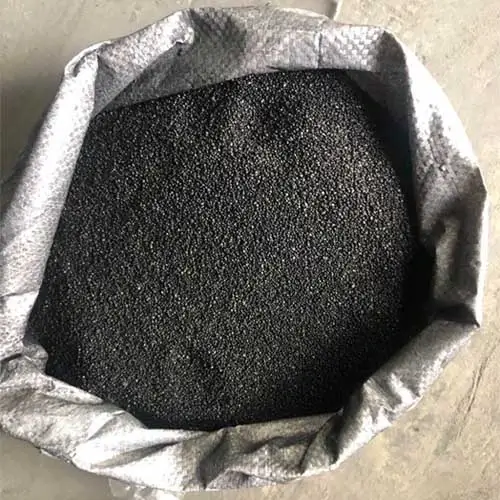
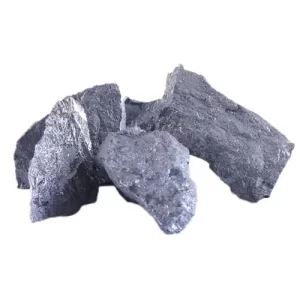
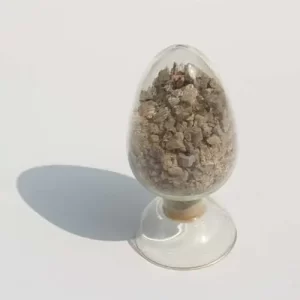
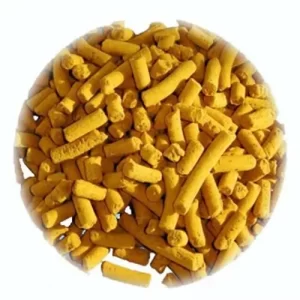
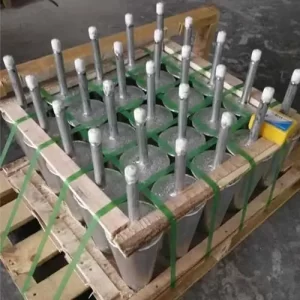
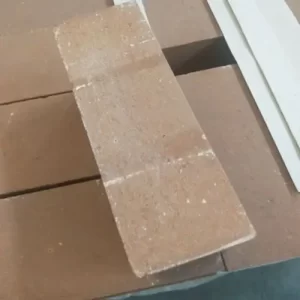

Reviews
There are no reviews yet.